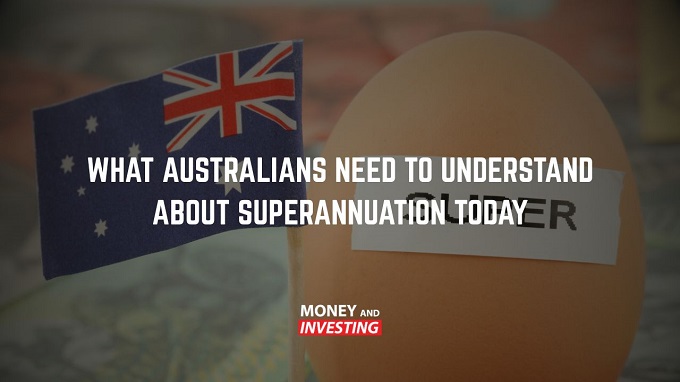Australia’s Economic Future 2025: Recession Warning or Path to Recovery? | By Andrew Baxter
Australia’s economic future is increasingly uncertain, raising red flags for investors and the general public alike. Global trade headwinds, shifting domestic governance, and mounting challenges in productivity and wage growth are creating a sense of economic unease. The central question many are now asking is: Will Australia achieve a soft landing, or are we on the brink of a recession?
Government Policy: Stability with Caution
The recent federal election delivered a majority government, providing the leadership with a strong mandate to implement its agenda. While this outcome brings a degree of political stability, it also introduces new risks depending on the execution of key policies.
Australia’s Labor government has historically focused on wealth redistribution — including initiatives like student debt relief and expanded public services. While these programs can offer social benefits, they must be balanced against the risk of deterring high-income earners and private sector investment through increased taxation. The challenge lies in stimulating economic growth while preserving investor confidence and market incentives.
Navigating Complex Geopolitical Terrain
Australia’s unique position between the United States and China complicates its trade and foreign policy strategy. China remains Australia’s largest trading partner, particularly in sectors like iron ore and coal, while the U.S. is a key strategic and security ally.
In the wake of global trade tensions and ongoing geopolitical uncertainty, balancing these critical relationships is more important than ever. Political and economic dynamics in both regions continue to shape demand for Australian exports, influencing overall economic stability.
Productivity vs. Wage Growth
Australia’s unemployment rate currently hovers around 4.1%, a level many economists consider full employment. Wages have also climbed, currently growing at 3.4%, outpacing the inflation rate of 2.4%. On the surface, these numbers appear healthy — but a closer look reveals a troubling disconnect.
Productivity growth has stagnated, especially in the public sector where wage increases have not been matched by corresponding output gains. If wage growth continues without a parallel rise in productivity, there’s a risk of inflation without real economic improvement.
Sluggish GDP and Investment Outlook
Australia’s GDP is forecast to grow by 1.3% in 2024, with a modest increase to 2% in 2025. These figures fall short compared to global peers — especially China, which maintains a growth rate above 5%. This underscores Australia’s relative weakness in terms of economic expansion.
One major barrier remains the national housing shortage. Expanding housing construction could unlock job opportunities and consumer spending, but the industry continues to be constrained by high energy costs and rising labor expenses.
Interest Rates: A Tool for Recovery
The Reserve Bank of Australia (RBA) has already begun easing rates, with further cuts anticipated in the coming months. Lower interest rates are expected to boost borrowing and spending — both crucial for short-term economic support.
However, Australia’s economy is heavily concentrated in a few sectors, such as retail and energy services, which makes it vulnerable to inflationary spikes. The RBA’s management of monetary policy will be critical in maintaining balance between growth and inflation control.
Consumer Confidence and Retail Trends
Consumer sentiment dipped following global economic concerns and the domestic election cycle but has since begun a slow rebound. That said, retail spending remains below pre-crisis levels, signaling ongoing caution among households.
While short-term stimulus policies — like rebates and subsidies — can help buoy consumer activity, sustained recovery will depend on underlying economic productivity and long-term job creation.
Path Forward: Key Priorities for Economic Stability
Australia’s economic outlook depends on a combination of coordinated policy efforts and private sector engagement. Achieving a soft landing is possible — but far from guaranteed.
Priority Areas:
- Boost productivity in both public and private sectors
- Implement energy policies that are cost-effective and business-friendly
- Encourage consumer spending through targeted rate cuts while avoiding inflationary pressure
- Foster long-term investment through consistent and confidence-building government policies
Conclusion: Balancing Risks with Opportunities
While risks persist, especially around weak growth and global volatility, there is growing optimism that Australia can avoid a full-blown recession. With deliberate policy action, increased productivity, and steady investment, the nation may yet chart a course toward a soft economic landing.
The economy is a complex web of interconnected forces — from wages and trade to political leadership and consumer behavior. Navigating this landscape requires careful balance and bold action to secure Australia’s long-term economic resilience and prosperity.

Comments
Post a Comment